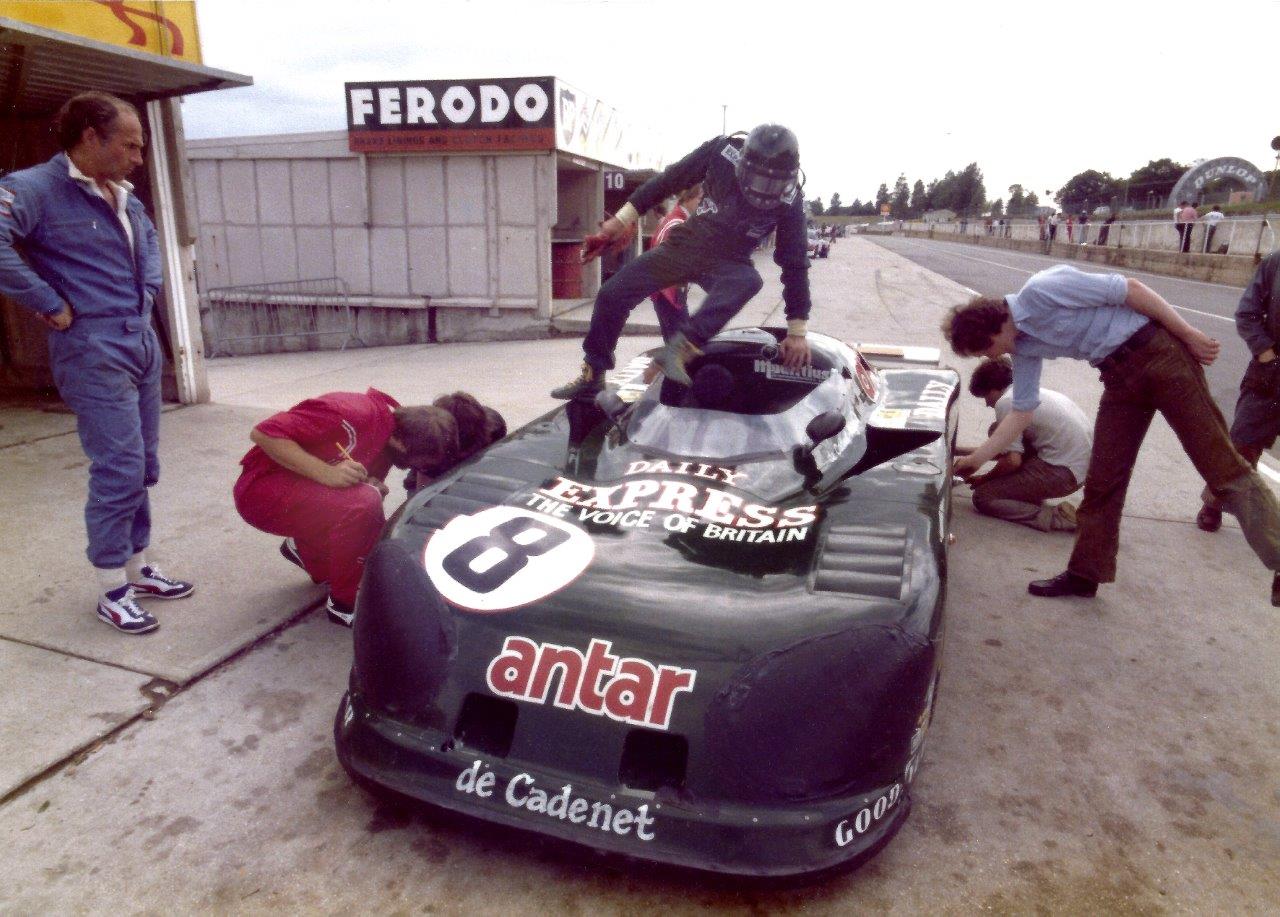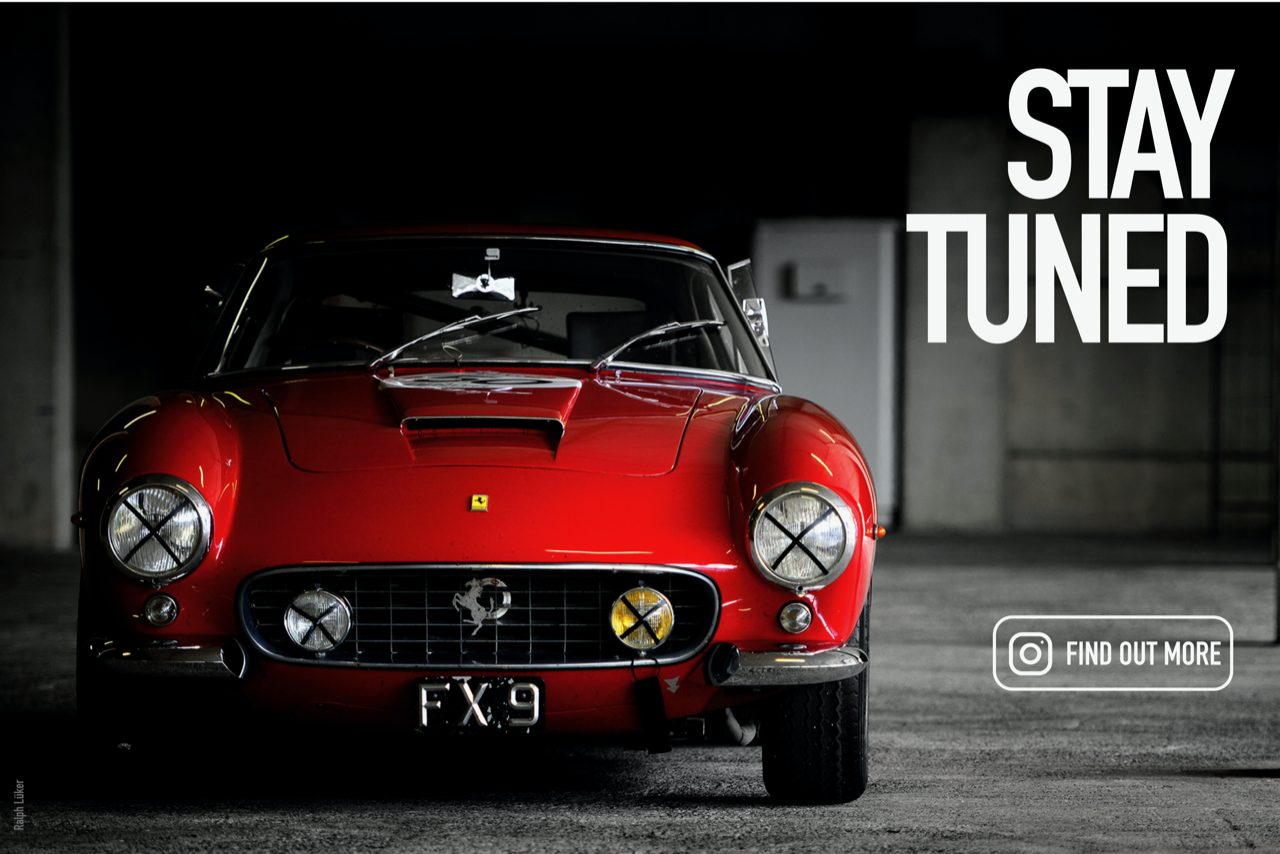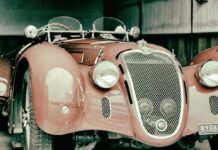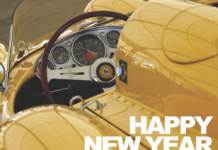At the beginning of the 1980s, sports car racing was becoming increasingly professional and the small independent teams and drivers were being gradually forced out of the sport. A few hardy souls hung on, determined to compete, have fun and make their presence felt and one of the most successful of these was the British driver Alain de Cadenet.

He embodied the spirit of the 1930 racing drivers in that he could and did drive anything and he charmed his way through life, making the most of every opportunity along the way; he always knew where the party was but he also took his racing seriously. He was introduced to motor racing by a friend and realised it was a sport made for him although single-seater racing was beyond his limited budget. He began racing in an AC Ace before graduating to paid drives in Porsches and Ferraris, entering the Le Mans 24 Hours on twelve occasions, the first in 1971 at the wheel of a Ferrari 512 when he drove with one eye following an accident on the Targa Florio. In 1976 he acquired a Lola sports car and modified it, building a new car around its chassis before and made headlines when he finished third at Le Mans in 1976 in a car that bore his name. He campaigned the De Cadenet-Lola T380 for several seasons and the photograph shows him entering the cockpit during practice for the 1981 World Championship race at Brands Hatch. He continued racing sports cars until 1986 when he became involved in historic motorsport, usually driving his pre-war Alfa Romeo 8C but he had numerous interests outside the sport, in particular his famous collection of King George V postage stamps on which he was a world authority. Alain was a natural in front of a camera and was signed up as a commentator, his most infamous moment coming when he foolishly asked Ray Hanna, a Spitfire pilot of note, to fly very low overhead just as he finished his piece to camera. Ray took him literally and the commentary was almost Alain’s last.










